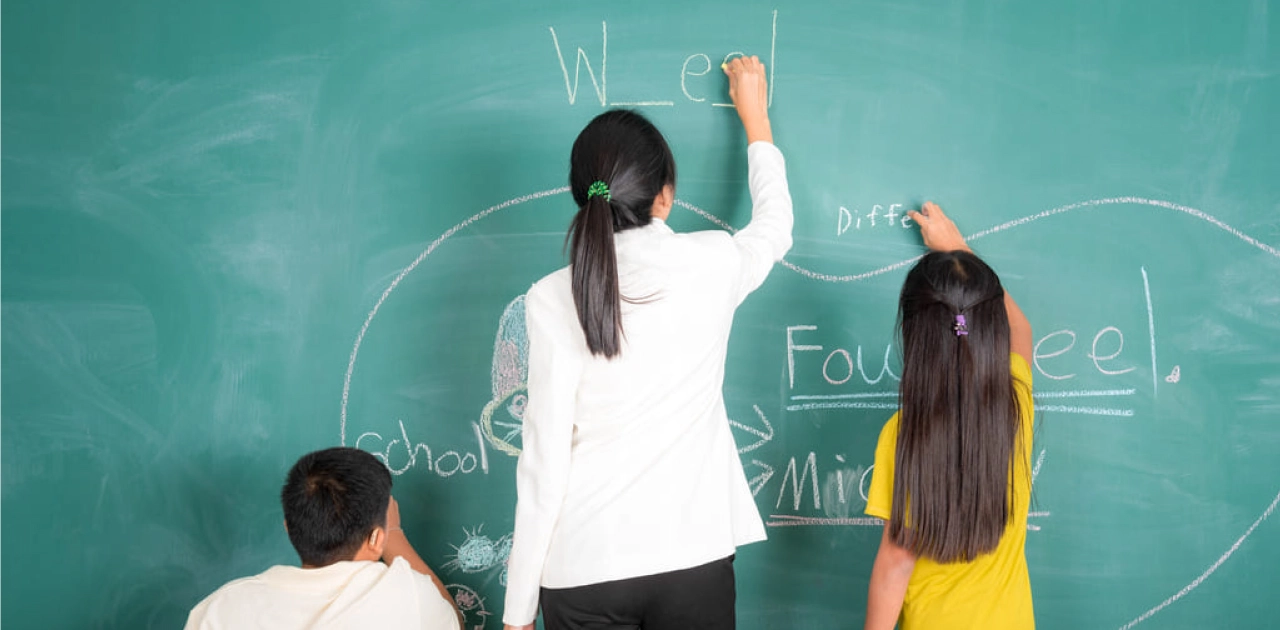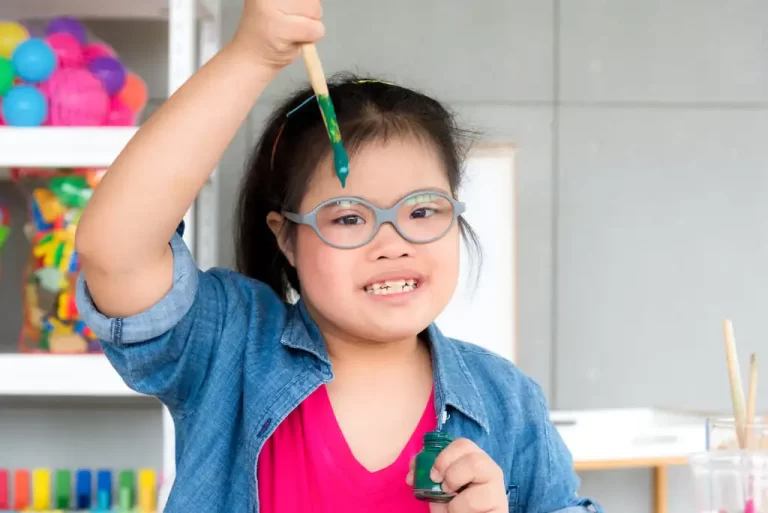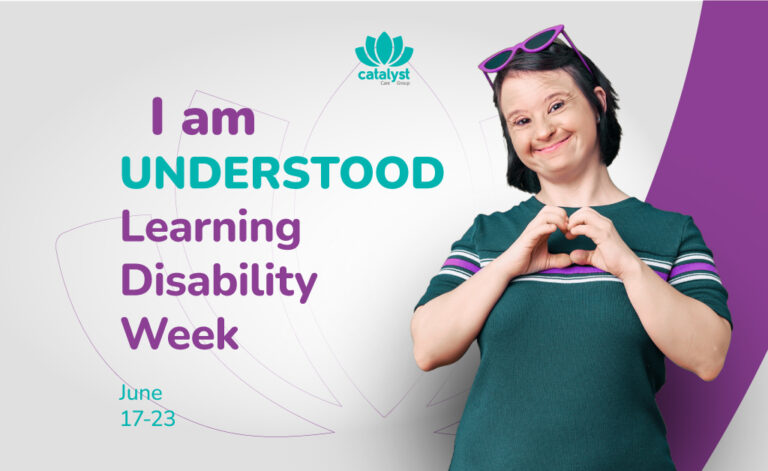Like autism in the workplace, the general educational environment also requires tailored support. Addressing these barriers requires a progressive approach that transcends traditional norms. This proactive stance involves embracing diverse learning styles, promoting empathy, and advocating inclusivity to support students. It ensures that educational settings become a space where all students receive the support they need to unlock their full potential.
Mainstream Education Challenges for Autistic Students
In mainstream education, addressing the unique needs of students with autism spectrum disorder poses a significant challenge. Despite the growing awareness about neurodiversity, there is still a need for more comprehensive support systems within classrooms. One of the primary limitations lies in equipping classroom teachers with the necessary tools and strategies to support students with autism effectively. While some progress has been made, integrating inclusive practices into teacher education programs remains crucial. These need to emphasise the development of empathetic teaching methods, how to best support children with autism, and teaching elementary children about inclusivity. By incorporating autism-focused modules into teacher training programs, educators can acquire the skills to create an inclusive environment where all students can thrive socially and academically.
Furthermore, another challenge lies in fostering a more profound understanding among classroom teachers about the diverse nature of autism spectrum disorder. Each child with autism is unique, and their learning requirements vary significantly. Continuous professional development that encourages progressive and adaptable teaching techniques is essential. By promoting ongoing education and awareness initiatives, educators can refine their skills to cater to the individual needs of autistic students effectively. As awareness of autism spectrum disorders grows, there is a collective potential to transform mainstream education into a space where every child, regardless of their neurological differences, receives the nurturing and personalised support they deserve.
Sensory Sensitivity
Sensory sensitivity, a common trait among individuals with autism spectrum disorders, refers to heightened reactions to sensory stimuli like lights, sounds, textures, and smells. Understanding and addressing sensory sensitivities are integral to fostering a successful, inclusive classroom environment. Through specialised teacher preparation programs and continuous professional development, teachers learn innovative teaching strategies to effectively accommodate students with sensory sensitivities and create successful inclusive classroom environments. Educators are encouraged to implement sensory-friendly practices, such as providing quiet spaces, using soft lighting, and offering sensory tools like fidget toys. By embracing these progressive approaches, teachers create an environment where sensory sensitivities are acknowledged and accommodated, paving the way for a more inclusive and supportive educational experience for all students on the autism spectrum.
Communication Challenges
Addressing communication challenges is essential in creating inclusive school programs, especially for students with autism. A study took place in a private elementary school located in northeastern America with autistic students. Without special education teachers (only general education teachers), the educational system in that particular school faced unique barriers associated with autism, including communication difficulties that hinder students’ social interactions and learning experiences.
Training programs that focus on progressive communication techniques are essential, fostering an environment where educators can adapt their methods to meet the specific needs of students on autism spectrum. By continuously refining these approaches and encouraging collaboration between teachers and specialists, schools can bridge the communication gap, ensuring that students can effectively engage and participate in the learning process irrespective of their challenges.
Social Interaction Challenges
Progressive efforts in recent years have highlighted the importance of fostering inclusive social environments. However, there remains a need to address these challenges thoroughly. Autistic individuals often encounter difficulties interpreting social cues, expressing emotions, and engaging in reciprocal conversations. Progressive approaches involve implementing social skills training programs that teach social norms and communication strategies. Emphasising empathy and understanding in social interactions within educational settings and the broader community is fundamental. Moreover, embracing neurodiversity in social contexts and promoting acceptance can dismantle barriers, encourage meaningful connections and empower individuals with autism to participate in social spheres actively. Ongoing education and awareness campaigns are essential to this progressive journey, aiming to create a society where everyone is embraced and valued regardless of social differences.
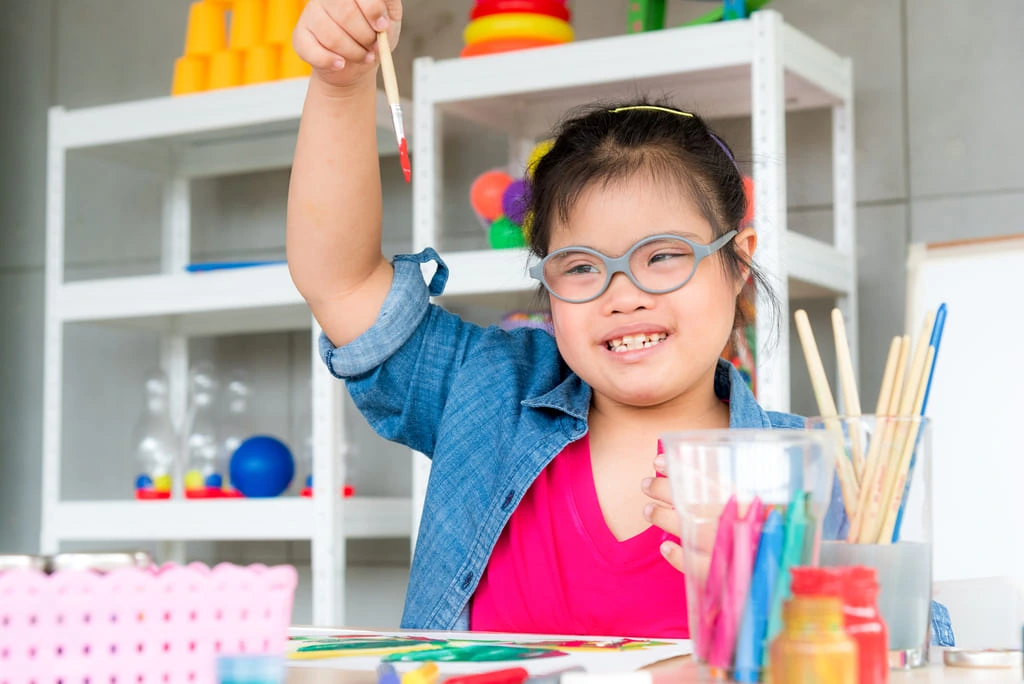
Breaking Down Barriers in the Classroom
While breaking the barriers for autism, students with autism might feel encouraged to learn from one another, creating rich experiences within the classroom. Breaking down barriers in the classroom requires a multifaceted approach focused on creating an inclusive environment where every student, regardless of their abilities, feels valued and supported. Teaching students with unique challenges, particularly students on autism spectrum, demands innovative strategies. Addressing these challenges involves providing supportive professional development environments that equip teachers, including special education teachers, with the necessary skills and insights. Training teachers to adapt their methods to diverse learning needs is fundamental.
In an inclusive classroom, understanding and patience are essential. A successful classroom environment can emerge by fostering a culture of empathy and collaboration among students, teachers, and specialists. This approach not only enhances the academic achievement of all students but also nurtures a sense of belonging, breaking down the barriers that might hinder the full participation of every learner. Moreover, breaking down barriers in the classroom also necessitates a proactive approach to identifying and addressing the unique needs of individual students. This means implementing personalised learning plans or individualised education programs that cater to diverse learning styles and abilities.
Inclusive Classroom Strategies
Inclusive classroom strategies for students with ASD encompass a range of progressive approaches to foster a supportive learning environment. One key strategy involves implementing sensory-friendly elements within the classroom, such as soft lighting, noise-cancelling headphones, and tactile materials, to accommodate sensory sensitivities. Another key aspect is promoting clear and consistent communication, using visual aids like schedules, social stories, and visual cues to enhance understanding.
Educators also focus on individualised learning plans tailored to each autistic student’s strengths and challenges, allowing them to progress at their own pace. Peer-mediated interventions, where neurotypical students engage with their autistic peers, encourage social interaction and empathy, facilitating a sense of belonging. Regular collaboration between teachers, special education staff, and therapists ensures that strategies are continuously adapted and refined to meet the evolving needs of autistic students, encouraging an inclusive educational experience that values neurodiversity.
Sensory-friendly Classrooms
In sensory-friendly learning environments, a focus is placed on minimising sensory overload by incorporating calming lighting, noise-reducing materials, and flexible seating arrangements. Visual schedules and structured routines are implemented to provide a sense of predictability and security, enabling a supportive atmosphere for learning. Furthermore, educators and staff receive training to understand the individual sensory sensitivities of each student, ensuring a tailored and compassionate approach. By embracing sensory-friendly classrooms, schools are moving progressively towards creating inclusive educational settings where students with ASD can engage fully, learn effectively, and thrive socially, marking a significant step toward a more equitable and accommodating educational landscape.
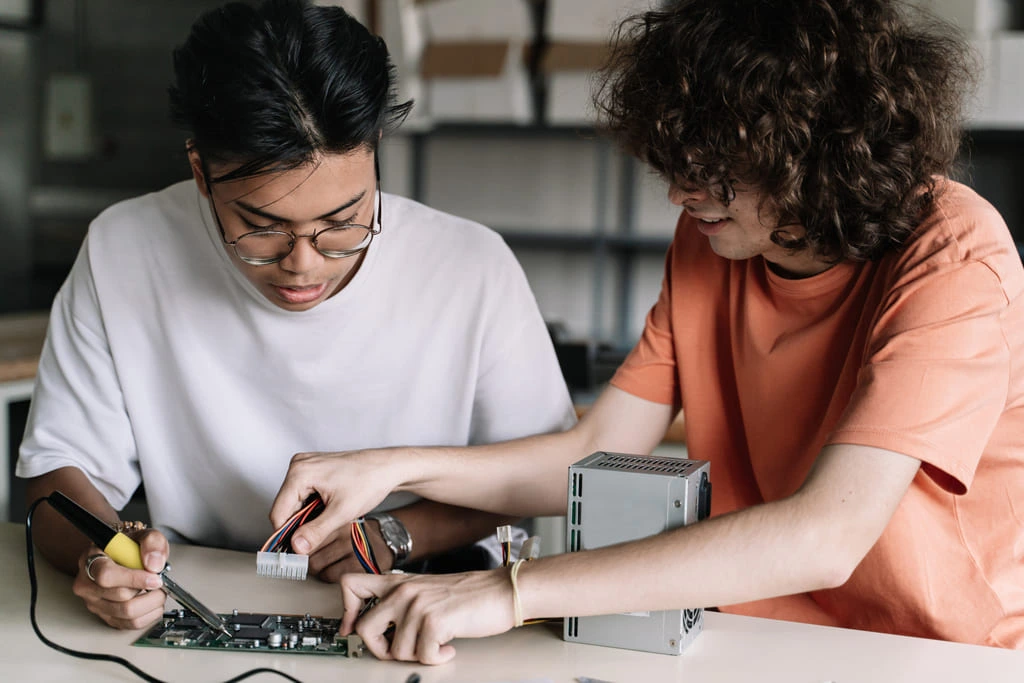
Importance of Teacher Training and Professional Development
In recent years, mainstream education has significantly shifted towards fostering inclusive classrooms that cater to the diverse needs of all students, including students with autism. Teacher training programs have evolved to embrace progressive methodologies, emphasising empathy, understanding, and personalised learning approaches. Educators are now encouraged to participate in continuous professional development sessions tailored to enhance their skills in supporting students with autism. These sessions go beyond traditional teaching methods, focusing on cultivating an environment of acceptance and accommodation.
Teachers are taught to identify individual strengths and challenges, allowing them to create customised learning experiences that empower students on the autism spectrum to thrive academically and socially. Through ongoing training and collaborative efforts, educators are equipped with the tools necessary to create an inclusive educational landscape where every student, regardless of their neurodiversity, can flourish and reach their full potential.
Furthermore, the integration of technology has played a pivotal role in shaping teacher training and professional development in mainstream education for students on the autism spectrum. Innovative educational tools and assistive technologies have emerged, providing educators with resources to engage students effectively. These tools cater to diverse learning styles and communication preferences, ensuring students have equal opportunities to participate and succeed in the classroom.
Teacher training programs now emphasise the seamless integration of these technologies, empowering educators to leverage digital resources to create interactive and accessible learning experiences. Additionally, collaborative online platforms facilitate knowledge sharing and mentorship among teachers, allowing them to stay updated with the latest research and evidence-based practices. By embracing these advancements and fostering a culture of continuous learning, mainstream education is gradually becoming a more inclusive and supportive environment for students with autism, promoting their holistic development and preparing them for a brighter future.
